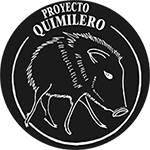
21 Aug QUIMILERO PROJECT IN WORDS
The Quimilero Project originated in 2015, although a significant portion of the team had been involved in the conservation of the quimilero and other Chaco species since 2011. It was during that year that collaboration commenced with hunters from the Argentine Dry Chaco to monitor wildlife, as detailed in “our experiences.” Additionally, in 2011, Quimilero Project members conducted interviews and transects to study the three species of peccaries, their distribution, and habitat requirements. These investigations encompassed an expansive area of over 54,000 km2 in the provinces of Chaco, Salta, and Formosa within the Argentine Dry Chaco.
The initial ventures in the Dry Chaco can be summarized through the voices of the Quimilero Project members:




No Comments